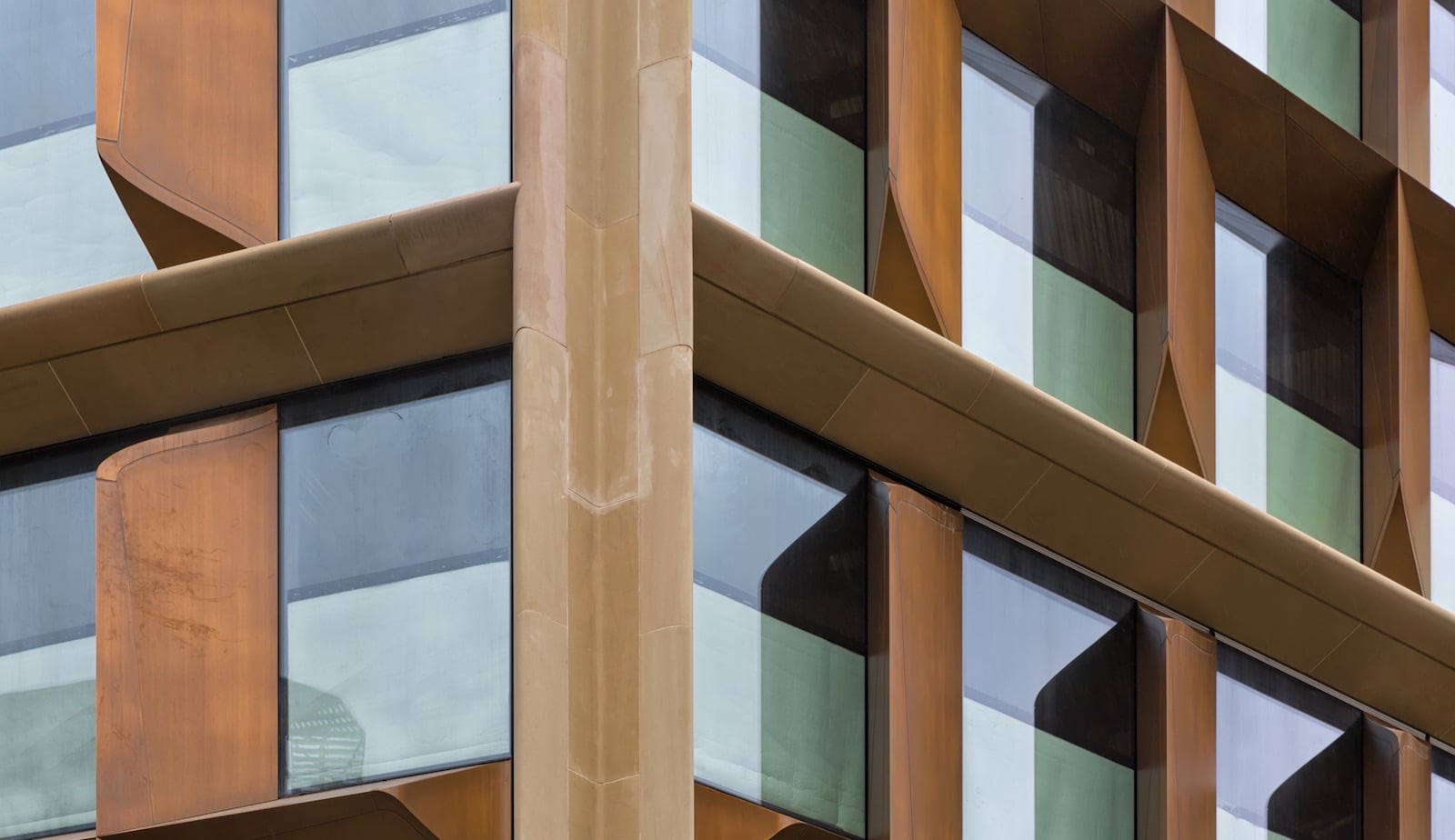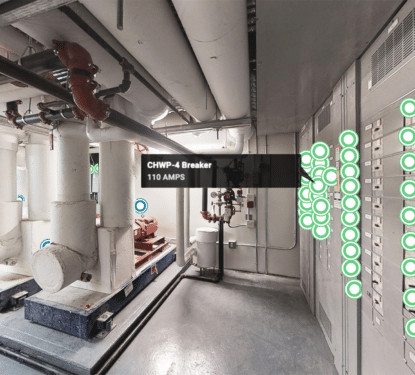“I think this building is more futuristic than the latest Blade Runner movie,” said London’s Mayor Sadiq Khan at the ribbon cutting ceremony for Bloomberg LP’s new European Headquarters in the British capital. After 30 years in London the media agency is bringing staff from its four campuses into one huge and futuristic office building, a building that took nearly 10 years to build.
“Some people say that the reason it took us almost a decade to build this is that we had a billionaire who wanted to be an architect working with an architect who wanted to be a billionaire,” joked New York’s former Mayor and founder of Bloomberg LP, Michael Bloomberg.
Located on the site of a former Roman temple, the building lies between the Bank of England and St Paul’s Cathedral, it responds to its historic context, yet is uniquely of its place and time. It is a true exemplar of sustainable development, with a BREEAM Outstanding rating – the highest design stage score ever achieved by any major office development.
“From day one, we talked with Mike Bloomberg about creating an elegant stone building that responds to its historic setting yet is clearly of its own time and which would be a good neighbour in the City of London in every sense of the word. We wanted the building to have an integrity and continuity of expression both inside and out, creating an inspiring, innovative, dynamic and collaborative workplace for Bloomberg that embodies the core values of the company,” said Lord Foster, Founder and Executive Chairman, Foster + Partners, the architects of the project.
“Above all, we had a shared belief with Bloomberg that we should provide the highest standards of sustainability and wellbeing for its occupants, as well as create major new public spaces at ground level, making a significant contribution to the daily life of the City of London and its inhabitants,” he added.
Occupying a full city block, the 3.2-acre site comprises two buildings united by bridges that span over a pedestrian arcade that reinstates Watling Street, an ancient Roman road that ran through the site. Bloomberg Arcade is now a key route for people moving around the City, with restaurants and cafes at ground level, set back behind an undulating façade under a covered colonnade. Three public plazas, located at each end of the arcade and in front of the building’s entrance, provide new civic spaces in the heart of the Square Mile.
The building height protects key views of St Paul’s Cathedral whilst respecting neighbouring historic buildings. Its striking façade is defined by a structural sandstone frame in response to the adjacent Magistrate’s Court, with a series of large-scale bronze fins that shade the floor-to-ceiling glazing. The fins give the building a visual hierarchy and rhythm as they vary in scale, pitch and density across each façade according to orientation and solar exposure, whilst also being an integral part of the building’s natural ventilation system.
Aside from providing energy efficiency benefits through shading, the large windows and bronze fins allow abundant natural sunlight to flood the office creating the perfect light for worker productivity. Recent research by Memoori has shown that natural light outshines all other forms of illumination in the context of workplace productivity. More than six times as many respondents in our office worker survey believed natural light aided concentration than those who didn’t.

“Conditioned by evolution to respond to the tones and rhythms of sunlight, natural light is the ideal form of light to benefit employee concentration and therefore productivity,” the report explains, while also going into great detail on a number of other productivity influencing workplace elements such as layout, wearable technology, biophilia and environmental controls.
Entitled The Future Workplace: Smart Office Design in the Internet of Things Era, the report’s ideas are realized in progressive commercial building designs like that of Bloomberg’s new site in London.
The layout of the office, for example, has been designed to maximize collaboration, employing many of the strategies outlined in the report. Each employee sits in their own space within a honeycomb formation of desk banks. In the middle of each circle of desks is a small meeting table, which Bloomberg hopes will spur impromptu brainstorms. “What we need is everybody to be able to work together, have some privacy and share ideas,” says Bloomberg.
The new Bloomberg european headquarters embodies the core values outlined in our report; that a flexible and human focused workplace can provide the best path to productivity of workers and therefore the profitability of the enterprise. The futuristic design ideas put into action in Foster + Partners creation demonstrate the potential of the building in empowering the worker and the enterprise.
“I’m fascinated by the way that design can somehow enable your organisation and its values to function better,” says Foster. “I sometimes talk about the building as like the tip of an iceberg. What you don’t see is the process, the huge teamwork, the collaboration between experts… to create innovatory solutions. What I’m describing has never been done before, but it didn’t come easily.”
[contact-form-7 id="3204" title="memoori-newsletter"]



